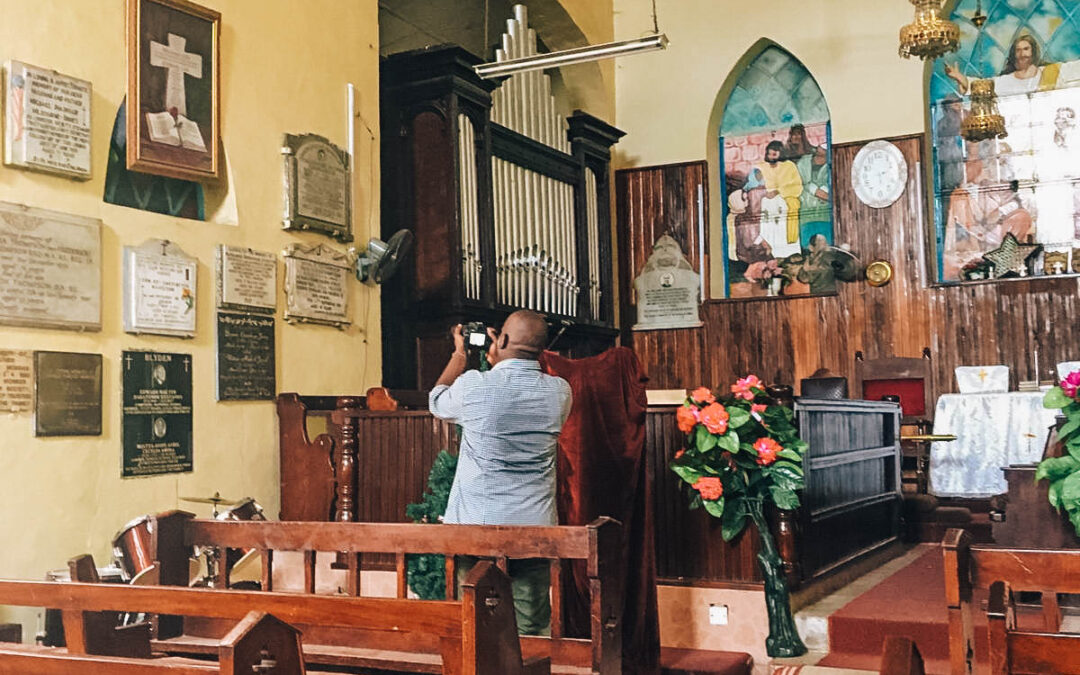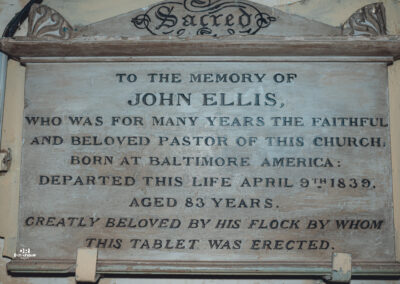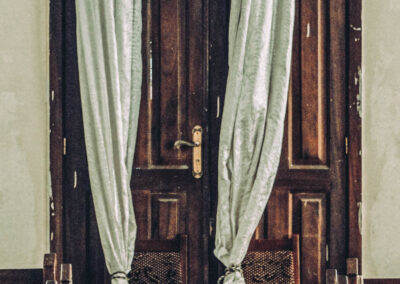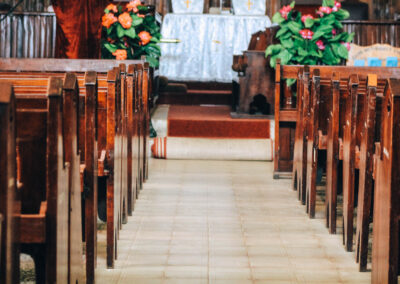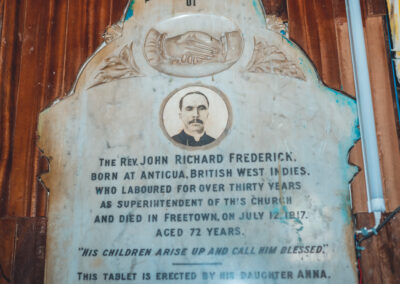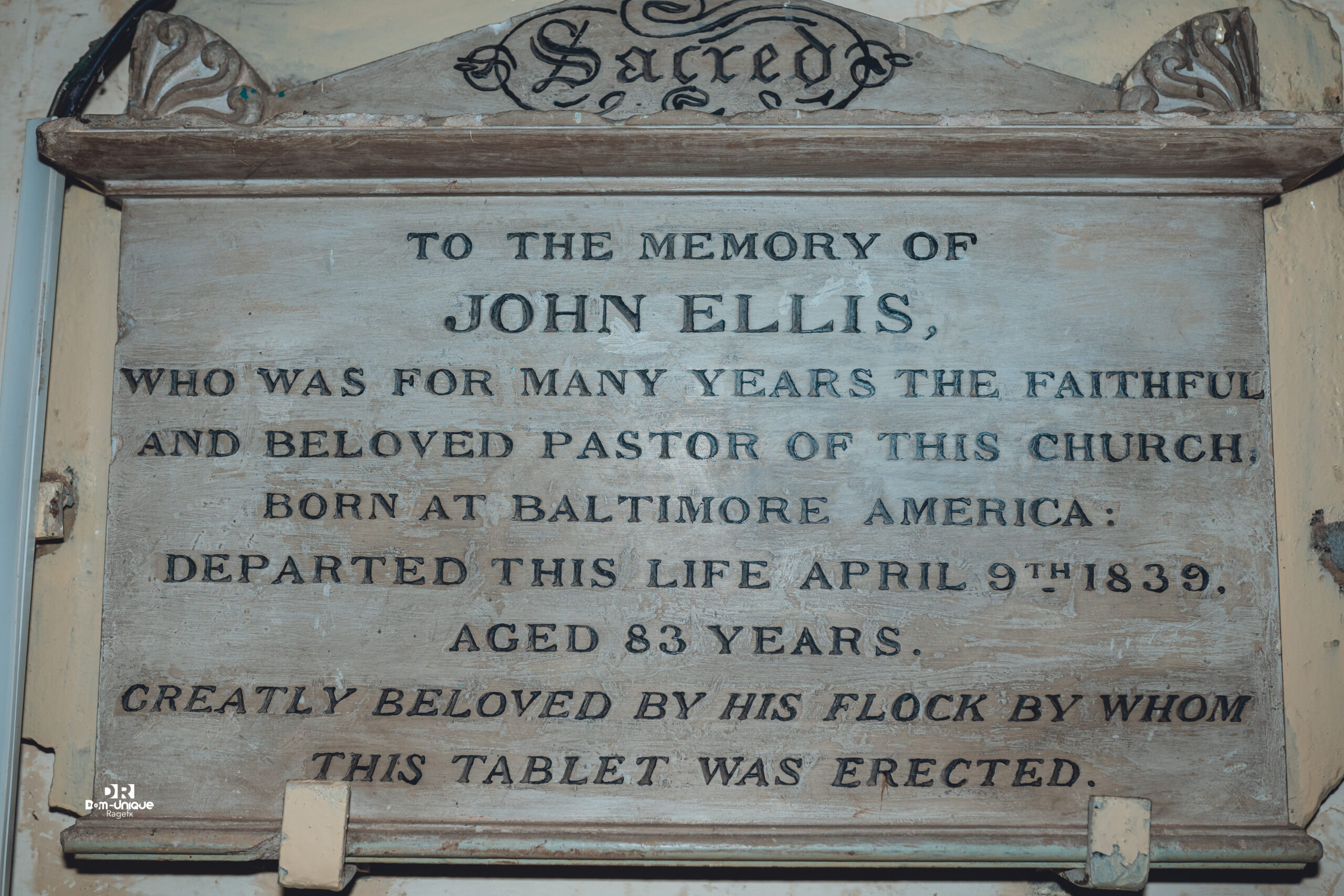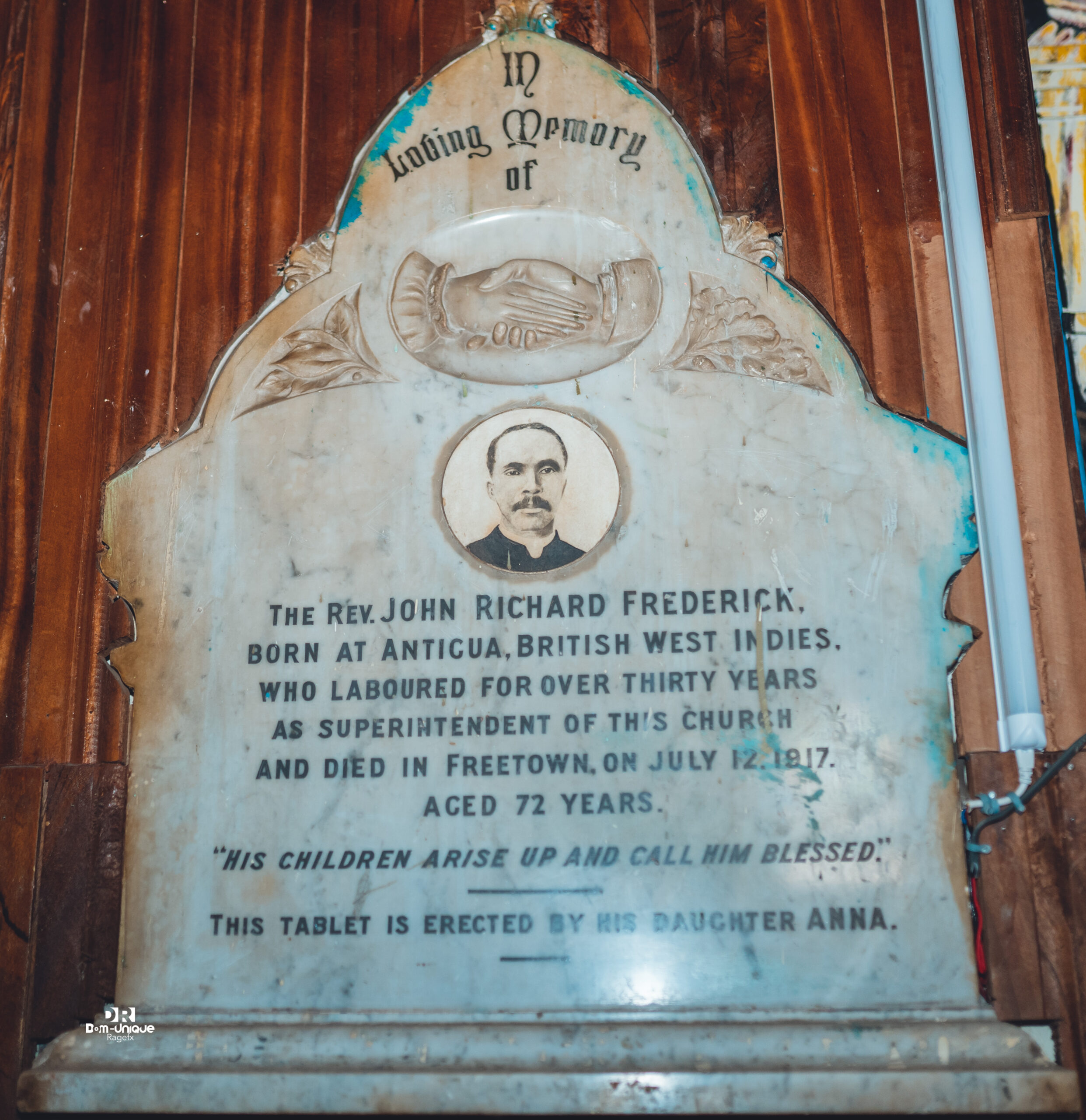Zion Methodist Church & College Chapel Church
by Akindele T.M. DeckerTaking a pre-planned solo tour through two of the oldest streets in Freetown, I stopped by two of the oldest Churches in Freetown. Zion Methodist Church was originally built in 1792 on Wilberforce Street, followed by Rawdon Street Chapel, now known as College Chapel on Rawdon Street. Both Churches were filled with plaques dedicated to Church Members as far back as the 1800s. The founding congregations of each Church had traveled through journeys beginning as far across the Atlantic as the American Colonies and Canada. The fact that both Churches still exist is a testament of the strong foundation both were built on.
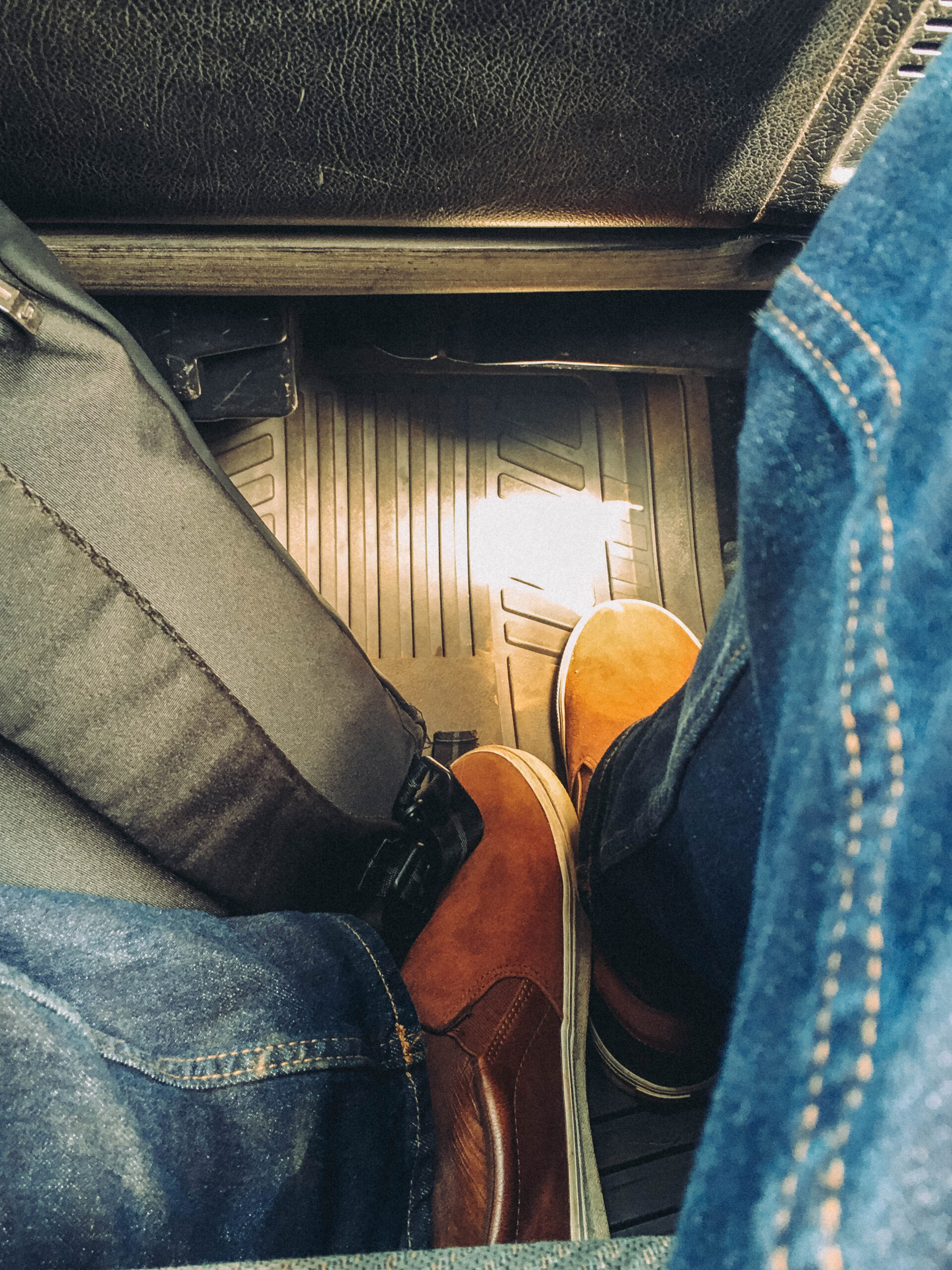
It was 10 years since I had returned to Sierra Leone, though not a second passed without being reminded that there is no place like home. Before leaving Maryland for Freetown, I had conducted some research, learning more about the city and its diverse and important history. Equipped with my camera set, I set out to walk through Freetown’s oldest streets, looking to see what I could find.
I called up two good friends, Yasmin Metz-Johnson, a Travel Blogger/Operator and Dominique Fofanah, a Photographer and asked them to meet me downtown. I had walked down those same streets 10 years earlier in 2010 when I last visited, though this time (December 2019), I intentionally wanted to walk into some of Freetown’s oldest Churches and get a gist of history.
PART I: I had received the contact for Mr. Jones, one of the lead Trustees of Zion Methodist Church, from Adrian Labor before leaving Maryland. Mr. Jones had already been informed of my visit and the interest in sharing the Church’s history. Adrian’s family, including the Elliotts, Archers and Morgans descended from the founding members of the Church in 1792. He was eager to get any information that could add to the knowledge base he was developing around his family’s genealogy.
Genealogy had been a driving force for me as well, having researched my family’s genealogy for the last 15 years. Churches in Freetown have always been a good source for genealogy research as some congregations have families known to go back 3 to 8 or more generations back. This was the case for Jordan West African Methodist Church in Murray Town village on the other end of Freetown, where I had been in baptized as a child. Throughout previous years I had come across countless research findings of my paternal family, the Frasers of Murray Town and their links to that Church, built in the 1800s.
I wasn’t sure how much or if anything could be found in the two Churches linking to my own genealogy, though certainly the Methodist bone in me could not help but to still visit the two oldest Methodist Churches in Freetown located on those old Freetown streets, and see where it all started for Methodism in Freetown.
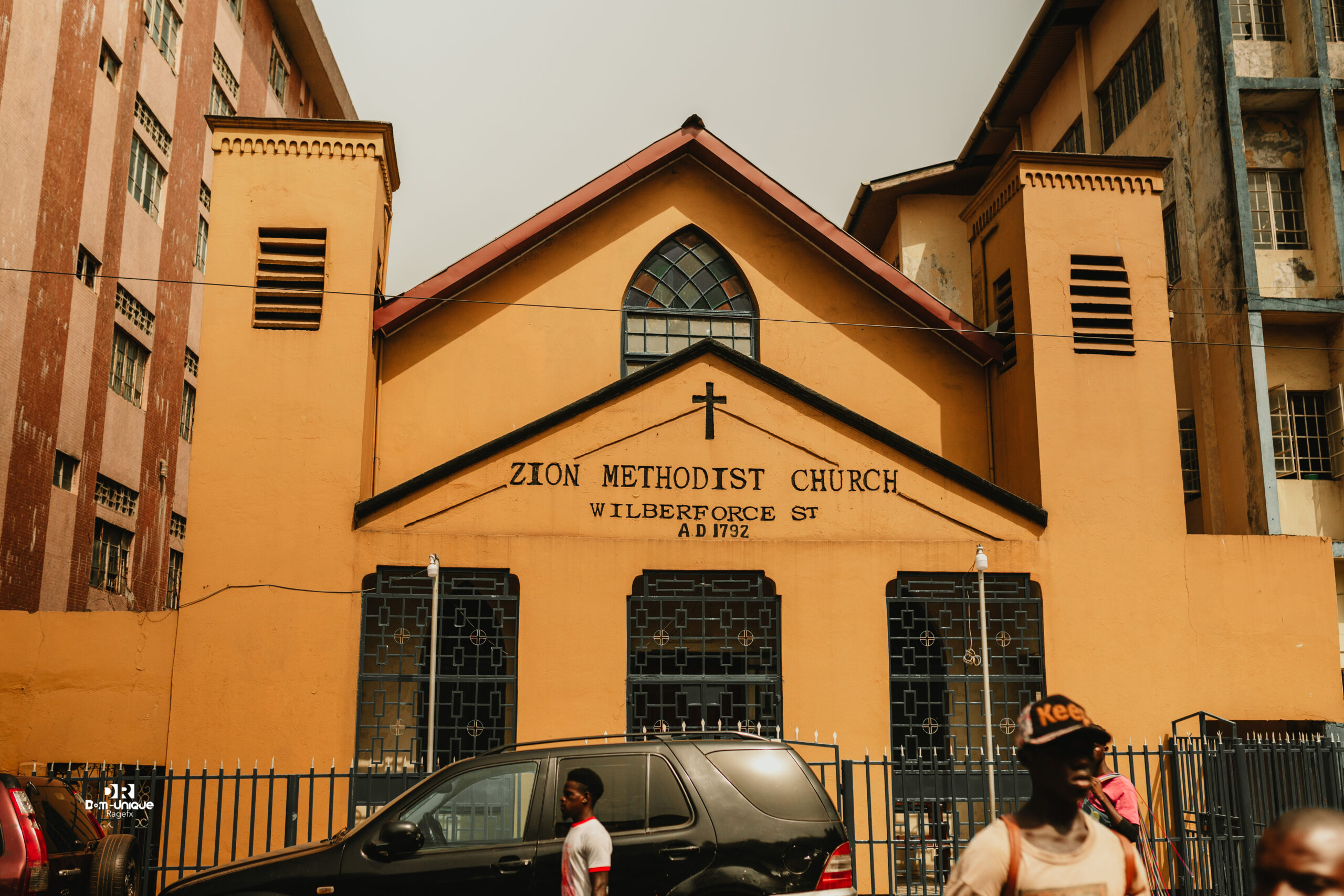
First stop was at Zion Methodist Church located on Wilberforce Street in downtown Freetown. For the Zion congregation who frequented the Church weekly, sites within the Church may have become second nature. For a history enthusiast as myself however, walking through the doors of Zion, the oldest Church in Freetown, and probably one of the oldest [if not the oldest] Methodist Church in West Africa, was an amazing experience.
In the year 1792, yes that’s right, 230 years ago, in January, about 1,196 black Settlers boarded 15 ships in Halifax, Canada bound for Sierra Leone. A little less than that number arrived in Sierra Leone in March, 1792 and not long after, the black Settlers had cleared some land around the Rawdon Street area and named their settlement Freetown. Many of the Settlers who left Canada, had been whole or parts of Methodist and Baptist congregations there.
Many of the Settlers who arrived in Freetown were Methodists. Some of them were led by Moses Wilkinson, a black Preacher from Virginia, others were led by Cato Perkins from South Carolina, whose congregation was called the Huntingdon Connexion, a sect of Methodists founded by the Countess of Huntingdon in the 1780s. The black congregation of the Huntingdon Connexion had been established in Canada by John Marrant from New York, who had chosen Cato Perkins among others, as the man to lead the congregation into Sierra Leone.

When the Settlers arrived in Freetown, the various congregations built small meeting houses in various parts of the settlement. There was a Methodist meeting house at the intersection of Rawdon Street and Cross Street [ now Lightfoot Boston Street ]. A Baptist meeting house was further up Rawdon Street and the Huntingdon congregation built their meeting house at the corner of Wilberforce Street and Church Street [ now Siaka Steven Street ]. The Hungtingdonian would later be called Zion Methodist Church, the Church I walked into that day, over 200 years later in 2019.
Walking into Zion Church was like walking into a world history realm hidden in the midst of a bustling African city, for the most part oblivious to mostly all who pass by it each day. It was amazing knowing that this very place had served as a Methodist meeting house for over 200 years. It had been established by blacks from the African Diaspora (America and Canada) in 1792 and it had survived all these centuries, right here in my hometown Freetown.
The dedication plaques hanging on the wall held an invaluable account of the history of the Church and its congregation, though even more so, history that included that of Freetown, Sierra Leone, and the larger global black experience. I made sure to get approval from Mr. Jones, the Trustee before taking any photographs. He was kind enough to share this space, which was intriguing for a history enthusiast, but a sacred space for members of the historic Church. Mr. Jones was enthusiastic in sharing his own historical narrative of the Church. He talked about the early Settlers and first set of Trustees during that decade in the late 1700s. He talked about how they were so engaged in spreading the Methodist ministry throughout West Africa, particlarly around the hinterland of Sierra Leone and in modern-day Guinea. He proudly mentioned the fact these black Methodists were some of the first Missionaries to carry out mission work in and around Sierra Leone. Sadly, it would turn out to be the last time I would see Mr. Jones, as he passed away only a year later. I am completely grateful to have had the opportunity to meet and sit with him that afternoon and the grace with which he opened up his doors and welcomed me into such an intriguing experience walking through Zion Church.
John Ellis: It is unclear to me whether John Ellis arrived with the Settlers in 1792 or the Maroons in 1800. The consensus among Historians is that he arrived from Nova Scotia. The plaque on the wall stated that he passed away in 1839 at 83 years old, placing his birth at 1756 in Baltimore, Maryland. He would have been around 36 years old when the Settlers arrived in Sierra Leone in 1792. John Ellis is known to have taken lead over the congregation after Cato Perkins passed in the early 1800s, continuing the legacy of leading Zion.
Rev. John Richard Frederick: arrived in the later 1800s from America representing the prominent African Methodist Episcopal (A.M.E.) Church. Born at Antigua, British West Indies, according to the plaque, he served as Superintendent of Zion Church in Freetown for 30 years, according to his plaque. He passed away in Freetown in 1917 at the age of 72.

